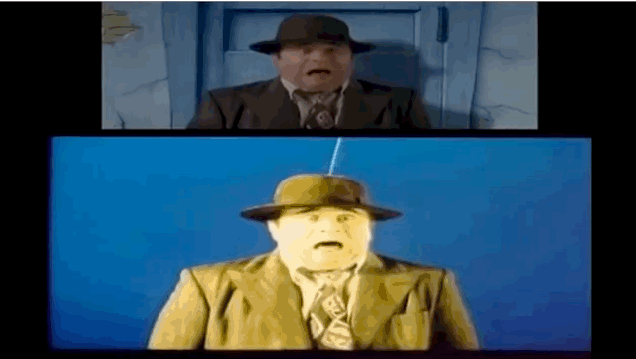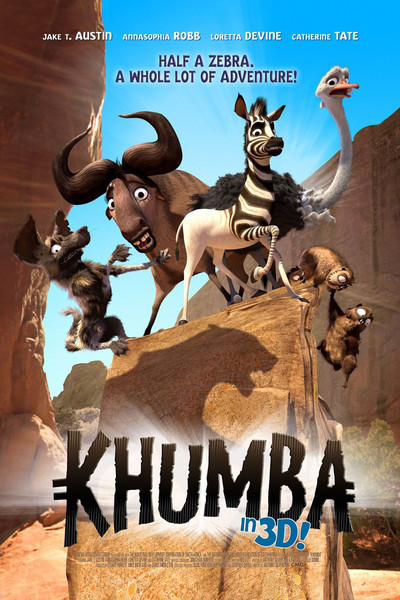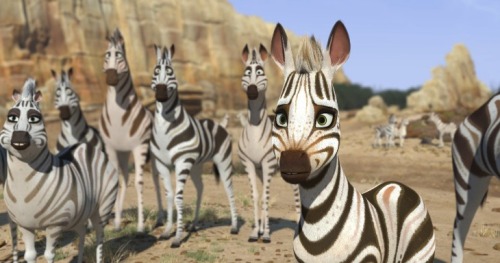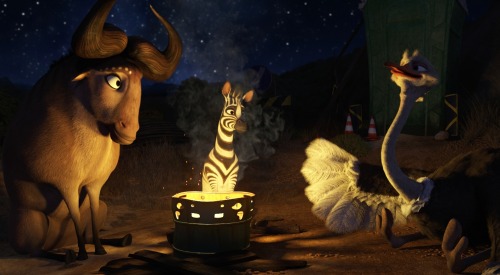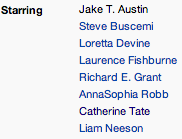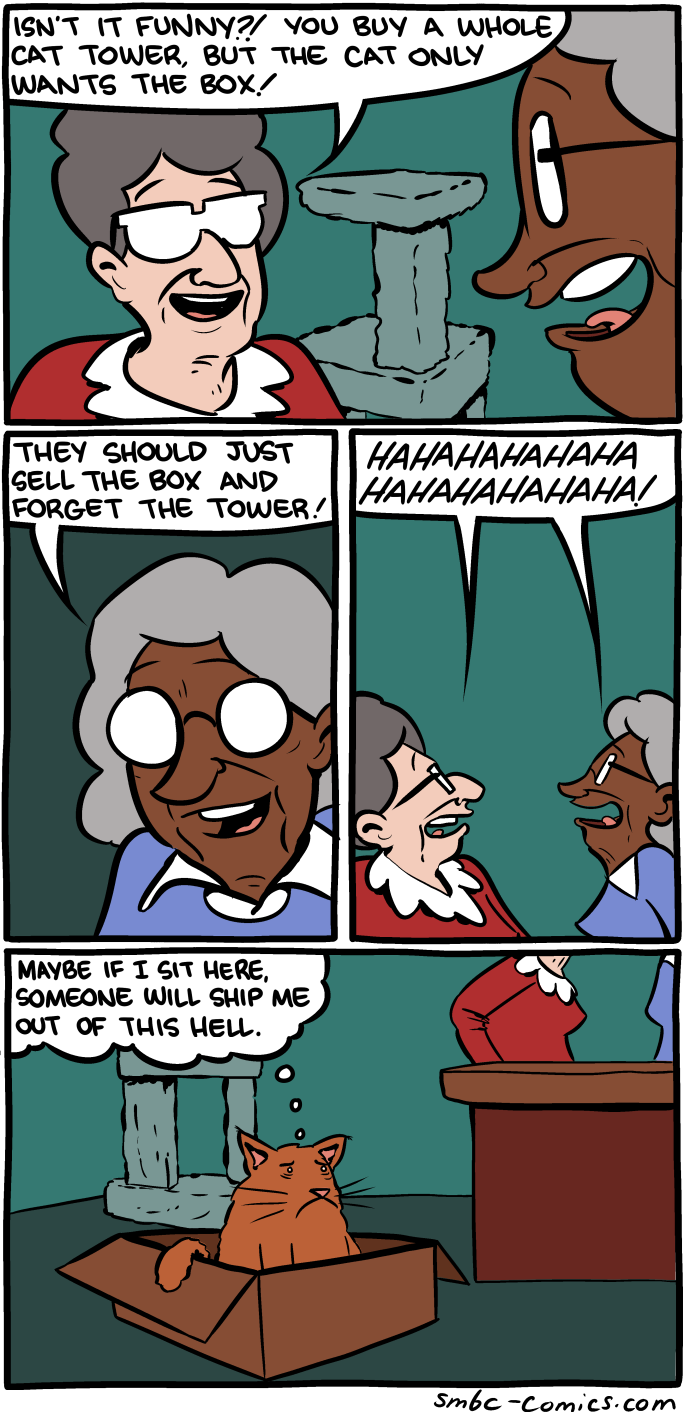How the trailblazing female journalist got her start at speaking truth to power.
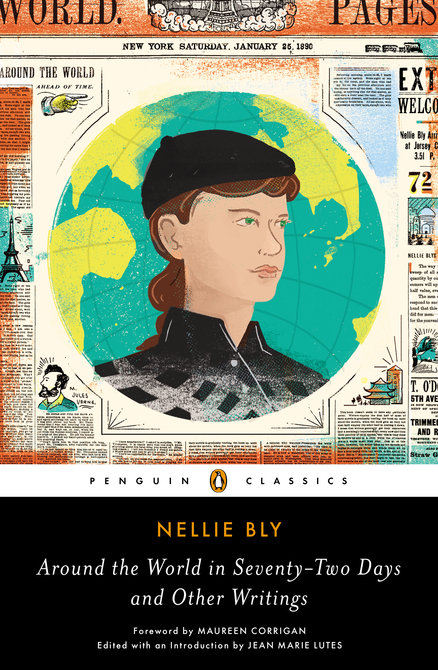 At the age of twenty-five, Nellie Bly did the unthinkable for a Victorian woman — a successful and fierce journalist in New York’s media boys’ club, she raced around the world in a quest to outpace Jules Verne’s fictional eighty-day itinerary. When she eventually got married at the age of thirty — an old maid by the era’s standards — she helmed the management of her husband’s factory and built within it a gymnasium, library, and recreation center for the workers. She even made a cameo in F. Scott Fitzgerald’s most famous novel, where the character of Ella Kaye, a tough newspaperwoman, is based on Bly. It’s unsurprising, then, that Bly’s trailblazing, era-defying career in journalism began at the tender age of twenty, when she responded to a patronizing letter from the father of five girls published in her hometown newspaper, the Pittsburg Dispatch, under the headline “What Girls Are Good For” (the unsubtly implied answer being birthing babies and tending households). The man even evoked China’s then-policy of killing female babies, intimating that such an act would allegedly save girls from the drudgery of their destiny.
At the age of twenty-five, Nellie Bly did the unthinkable for a Victorian woman — a successful and fierce journalist in New York’s media boys’ club, she raced around the world in a quest to outpace Jules Verne’s fictional eighty-day itinerary. When she eventually got married at the age of thirty — an old maid by the era’s standards — she helmed the management of her husband’s factory and built within it a gymnasium, library, and recreation center for the workers. She even made a cameo in F. Scott Fitzgerald’s most famous novel, where the character of Ella Kaye, a tough newspaperwoman, is based on Bly. It’s unsurprising, then, that Bly’s trailblazing, era-defying career in journalism began at the tender age of twenty, when she responded to a patronizing letter from the father of five girls published in her hometown newspaper, the Pittsburg Dispatch, under the headline “What Girls Are Good For” (the unsubtly implied answer being birthing babies and tending households). The man even evoked China’s then-policy of killing female babies, intimating that such an act would allegedly save girls from the drudgery of their destiny.
Bly’s anonymous letter to the editor, written in 1885 and found in the absolutely fantastic new Penguin Classics anthology Around the World in Seventy-Two Days and Other Writings (public library), was at once so fierce and so thoughtful that it prompted the editor to print a notice asking the author of the letter to identify herself. Once Bly did, she was hired as a reporter for the paper.
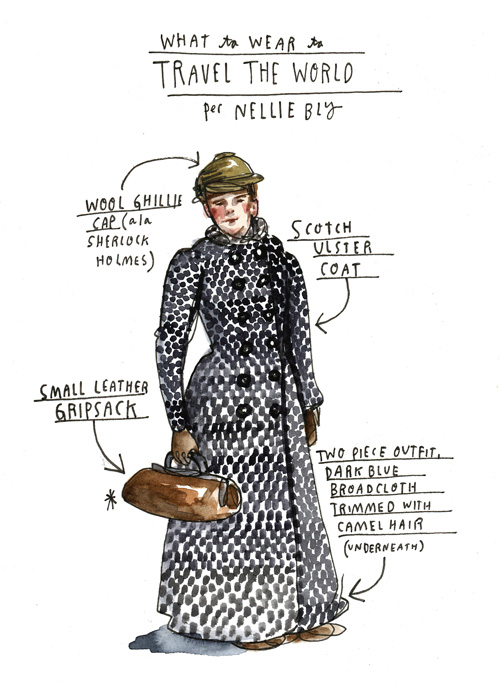
Illustration by Wendy MacNaughton based on 'Eighty Days: Nellie Bly and Elizabeth Bisland’s History-Making Race Around the World.' Click image for details.
In the letter, titled “The Girl Puzzle,” Bly considers the value of women — not society women and wealthy matrons, “but those without talent, without beauty, without money” — and calls for a sort of empathy rarely afforded those in such circumstances:
Can they that have full and plenty of this world’s goods realize what it is to be a poor working woman, abiding in one or two bare rooms, without fire enough to keep warm, while her threadbare clothes refuse to protect her from the wind and cold, and denying herself necessary food that her little ones may not go hungry; fearing the landlord’s frown and threat to cast her out and sell what little she has, begging for employment of any kind that she may earn enough to pay for the bare rooms she calls home, no one to speak kindly to or encourage her, nothing to make life worth the living?
Bly argues that society’s “solution” to the problem — employing these poor young women at the factory — is more of a punishment than a help:
The pay may in some instances be better, but from 7 a.m. until 6 p.m., except for 30 minutes at noon, she is shut up in a noisy, unwholesome place. When duties are over for the day, with tired limbs and aching head, she hastens sadly to a cheerless home. How eagerly she looks forward to pay day, for that little mite means so much at home. Thus day after day, week after week, sick or well, she labors on that she may live. What think you of this, butterflies of fashions, ladies of leisure? This poor girl does not win fame by running off with a coachman; she does not hug and kiss a pug dog nor judge people by their clothes and grammar; and some of them are ladies, perfect ladies, more so than many who have had every advantage.
Bly’s most important point, however, is about the social advantages afforded to boys but not girls — about how this early discrepancy in starting points echoes out to shape entire lives and entire classes of citizens, and how fostering an entrepreneurial spirit in girls is the best way to mend the imbalance:
If girls were boys quickly would it be said: start them where they will, they can, if ambitious, win a name and fortune. How many wealthy and great men could be pointed out who started in the depths; but where are the many women? Let a youth start as errand boy and he will work his way up until he is one of the firm. Girls are just as smart, a great deal quicker to learn; why, then, can they not do the same? As all occupations for women are filled why not start some new ones. Instead of putting the little girls in factories let them be employed in the capacity of messenger boys or office boys. It would be healthier. They would have a chance to learn; their ideas would become broader and they would make as good, if not better, women in the end. It is asserted by storekeepers that women make the best clerks. Why not send them out as merchant travelers? They can talk as well as men — at least men claim that it is a noted fact that they talk a great deal more and faster. If their ability at home for selling exceeds a man’s why would it not abroad? Their lives would be brighter, their health better, their pocketbooks fuller, unless their employers would do as now — give them half wages because they are women.
She offers an illustrative example from the town itself:
A girl was engaged to fill a position that had always been occupied by men, who, for the same, received $2.00 a day. Her employer stated that he never had anyone in the same position that was as accurate, speedy and gave the same satisfaction; however, as she was “just a girl” he gave her $5.00 a week. Some call this equality.
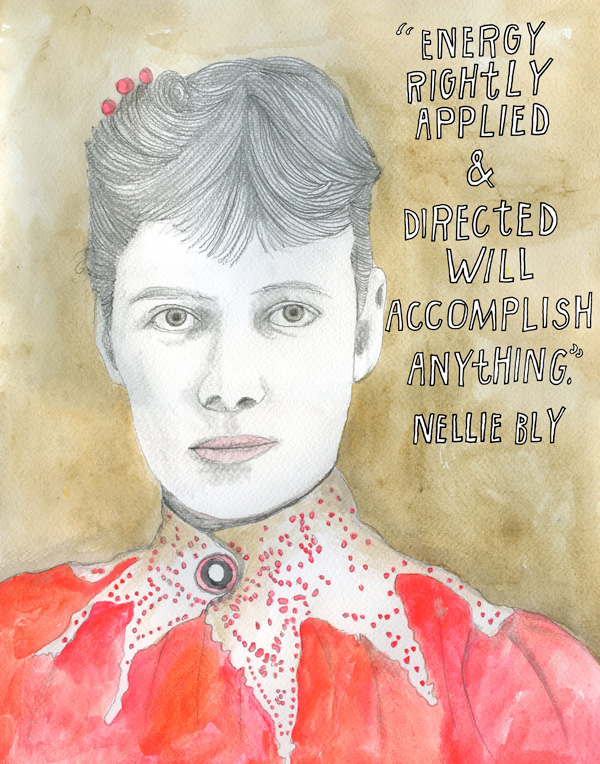
Portrait by Lisa Congdon. Click image for details.
It may be tempting to think that such failures of equality and human rights are behind us — this was, after all, the Victorian era. They are not — their ghosts are alive and well, unconsciously shaping even our best-intentioned behaviors today. In world where women still make significantly less than men in the same occupations and girls are still encouraged to do “girl things,” and a media landscape where men still receive 63% of bylines and women are honored in a mere 23% of obituaries, Bly’s lament, even 120 years later, is a far cry from outdated and irrelevant.
Bly concludes the letter with a reflection remarkably timely in our “lean in” era:
Here would be a good field for believers in women’s rights. Let them forego their lecturing and writing and go to work; more work and less talk. Take some girls that have the ability, procure for them situations, start them on their way, and by so doing accomplish more than by years of talking. Instead of gathering up the “real smart young men” gather up the real smart girls, pull them out of the mire, give them a shove up the ladder of life, and be amply repaid both by their success and unforgetfulness of those that held out the helping hand.
However visionary this may sound, those who are interested in humankind and wonder what to do with the girls might try it.
And yet, despite Bly’s consistently intelligent and fearless journalism — she went on to write an exposé on the horrific working conditions for factory girls and an op-ed on the gender inequality embedded in divorce laws — her editor at the Pittsburg Dispatch routinely assigned her subjects deemed appropriate for women, from flower shows to ladies’ lunches. Never one to succumb to the pressures of the establishment, Bly quit and set her eyes on greater horizons — but not without leaving her bigoted editor a farewell note with a piece of her mind:
Dear Q.O., I’m off for New York. Look out for me. Bly.
And look out the world did. In New York, Bly broke into journalism despite the extreme male bias of the field and went on to write such pioneering pieces as her exposé on the abuses that take place in state institutions for the mentally ill, for which she embedded herself in an insane asylum for ten days and endured the very mistreatment on which she reported. In the preface to Around the World in Seventy-Two Days and Other Writings, NPR Fresh Air book critic Maureen Corrigan reflects on the many letters from girls and young women she receives every year, inquiring about various aspects of Bly’s life:
I suspect these young women want to know something else, too. I know I sure do. I want to know how a poor, skimpily educated teenager named Elizabeth Cochran found the guts to transform herself into a reporter named Nellie Bly who helped change the world by writing about it.
For more of how she changed the world, see Around the World in Seventy-Two Days and Other Writings, which is superb in its entirety. Complement it with the illustrated story of how Bly raced around the world and some thoughts on feminism from George Orwell.
Donating = Loving
Bringing you (ad-free) Brain Pickings takes hundreds of hours each month. If you find any joy and stimulation here, please consider becoming a Supporting Member with a recurring monthly donation of your choosing, between a cup of tea and a good dinner.
|
|
♥ $7 / month♥ $3 / month♥ $10 / month♥ $25 / month |

You can also become a one-time patron with a single donation in any amount.

 Brain Pickings has a free weekly newsletter. It comes out on Sundays and offers the week’s best articles. Here’s what to expect. Like? Sign up.
Brain Pickings has a free weekly newsletter. It comes out on Sundays and offers the week’s best articles. Here’s what to expect. Like? Sign up.
Brain Pickings takes 450+ hours a month to curate and edit across the different platforms, and remains banner-free. If it brings you any joy and inspiration, please consider a modest donation – it lets me know I'm doing something right.


































